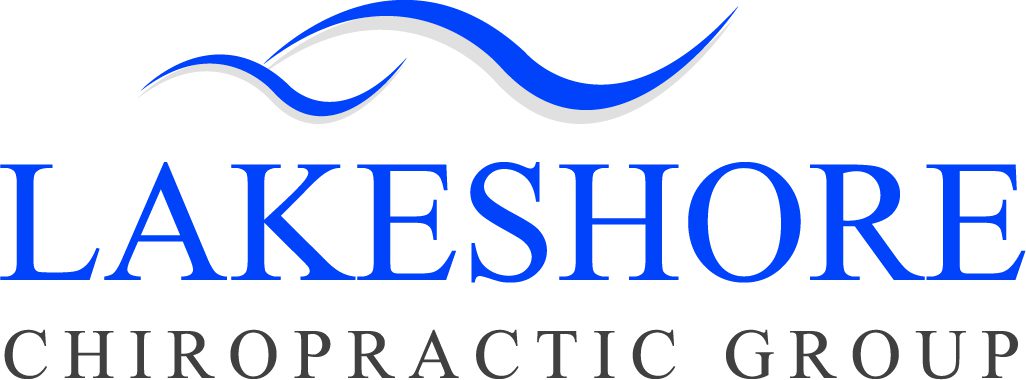What You May Not Know About Massage Therapy

- Albert Scales
Massage therapy is often associated with relaxation and luxury, but its benefits extend far beyond a soothing escape from reality. As wellness seekers, it’s time we delve deeper into the fascinating world of massage therapy to uncover lesser-known facts and unique angles that make this ancient practice an essential component of holistic health.
The Historical Roots and Evolution of Massage Therapy
The journey of massage therapy stretches back thousands of years, with deep roots in various cultures across the globe. Ancient civilizations such as China, Egypt, and India have documented the therapeutic benefits of massage techniques in their historical texts. For instance, traditional Chinese medicine has long included massage (known as Tui Na) as a key component, while the ancient Egyptians depicted massage in their tomb paintings.
Understanding these historical origins helps us appreciate the evolution of massage therapy into its modern forms and underscores its enduring relevance in wellness practices.
The Motivation Behind Becoming a Massage Therapist
What drives individuals to pursue a career in massage therapy? For many, it’s a calling rooted in a desire to help others achieve physical and mental well-being. Personal experiences with the transformative power of massage often inspire people to join the profession, aiming to share these benefits with others.
Additionally, the holistic nature of the work—combining hands-on practice with a deep understanding of anatomy and physiology—attracts those who seek a meaningful career path that fosters strong connections and tangible impacts on clients’ lives.
The Journey to Becoming a Registered Massage Therapist
Becoming a registered massage therapist (RMT) involves rigorous training and education. Prospective RMTs must complete accredited programs that cover extensive coursework in anatomy, physiology, pathology, and various massage techniques. Following their education, they must pass comprehensive exams to earn their registration, ensuring they possess the necessary skills and knowledge to provide safe and effective treatments.
These qualifications ensure that RMTs are well-equipped to address a wide range of health conditions and contribute to the overall wellness of their clients.
Lesser-Known Benefits of Specific Massage Techniques
While Swedish and deep tissue massages are widely popular, certain specialized techniques offer unique benefits that are less commonly known. For example:
- Lymphatic Drainage: This gentle technique focuses on stimulating the lymphatic system to promote the removal of toxins and reduce swelling. It’s particularly beneficial for individuals recovering from surgery or dealing with conditions like lymphedema.
- Myofascial Release: Targeting the fascia (connective tissue surrounding muscles), this technique helps alleviate chronic pain and improve mobility by releasing tension and restrictions within the fascia.
The Role of Massage Therapy in Pain Management and Injury Recovery
Beyond relaxation, massage therapy plays a crucial role in pain management and injury recovery. Techniques such as trigger point therapy and sports massage help alleviate muscle knots and tension, reduce inflammation, and promote faster healing of soft tissue injuries.
Regular massage therapy can also aid in managing chronic pain conditions like fibromyalgia and arthritis, providing a natural and non-invasive alternative to pain relief.
The Impact of Massage on Mental Health
Massage therapy isn’t just about physical well-being; it has profound effects on mental health as well. Research has shown that massage can significantly reduce symptoms of anxiety and depression by lowering cortisol levels (the stress hormone) and increasing serotonin and dopamine levels, which are associated with happiness and well-being.
Furthermore, massage therapy improves sleep quality, helping individuals achieve deeper and more restorative rest, which is crucial for overall mental health.
The Importance of Regular Massage for Overall Wellness
While many view massage as an occasional treat, incorporating regular sessions into one’s wellness routine can yield substantial benefits for preventive healthcare. Consistent massage therapy helps maintain muscle and joint health, enhances circulation, and supports the body’s natural healing processes.
By addressing stress and tension before they escalate into more serious health issues, regular massage becomes a proactive approach to maintaining long-term wellness.
Exploring the Variety of Massage Modalities
Massage therapy encompasses a diverse range of modalities, each tailored to address specific physical needs and health goals. Some notable modalities include:
- Shiatsu: A Japanese form of massage that uses finger pressure along energy meridians to restore balance and promote healing.
- Reflexology: Focuses on applying pressure to specific points on the feet, hands, and ears, believed to correspond to various organs and systems in the body.
- Craniosacral Therapy: A gentle technique that targets the craniosacral system, aiming to relieve tension and improve the function of the central nervous system.
Understanding these different modalities allows individuals to choose the most suitable type of massage for their unique needs and preferences.
Massage therapy is a multifaceted practice that offers far more than what meets the eye. From its rich historical roots to its modern applications in pain management, mental health, and preventive care, massage therapy is a powerful tool for holistic wellness.
As wellness seekers, embracing the full spectrum of massage therapy’s benefits can lead to a healthier, more balanced life. Ready to experience these transformative benefits for yourself? Explore different massage modalities and find a qualified registered massage therapist to embark on your journey to optimal health.


